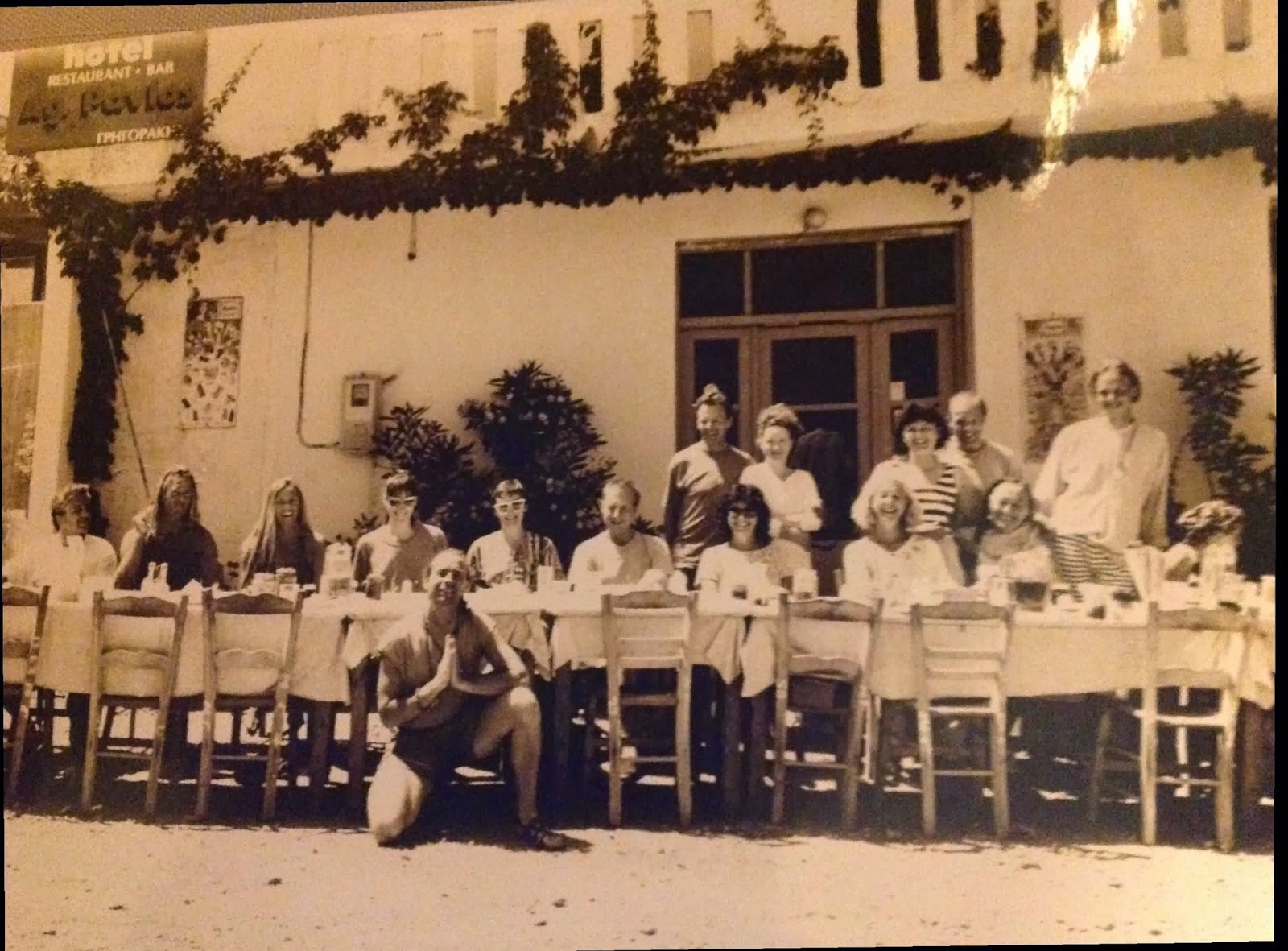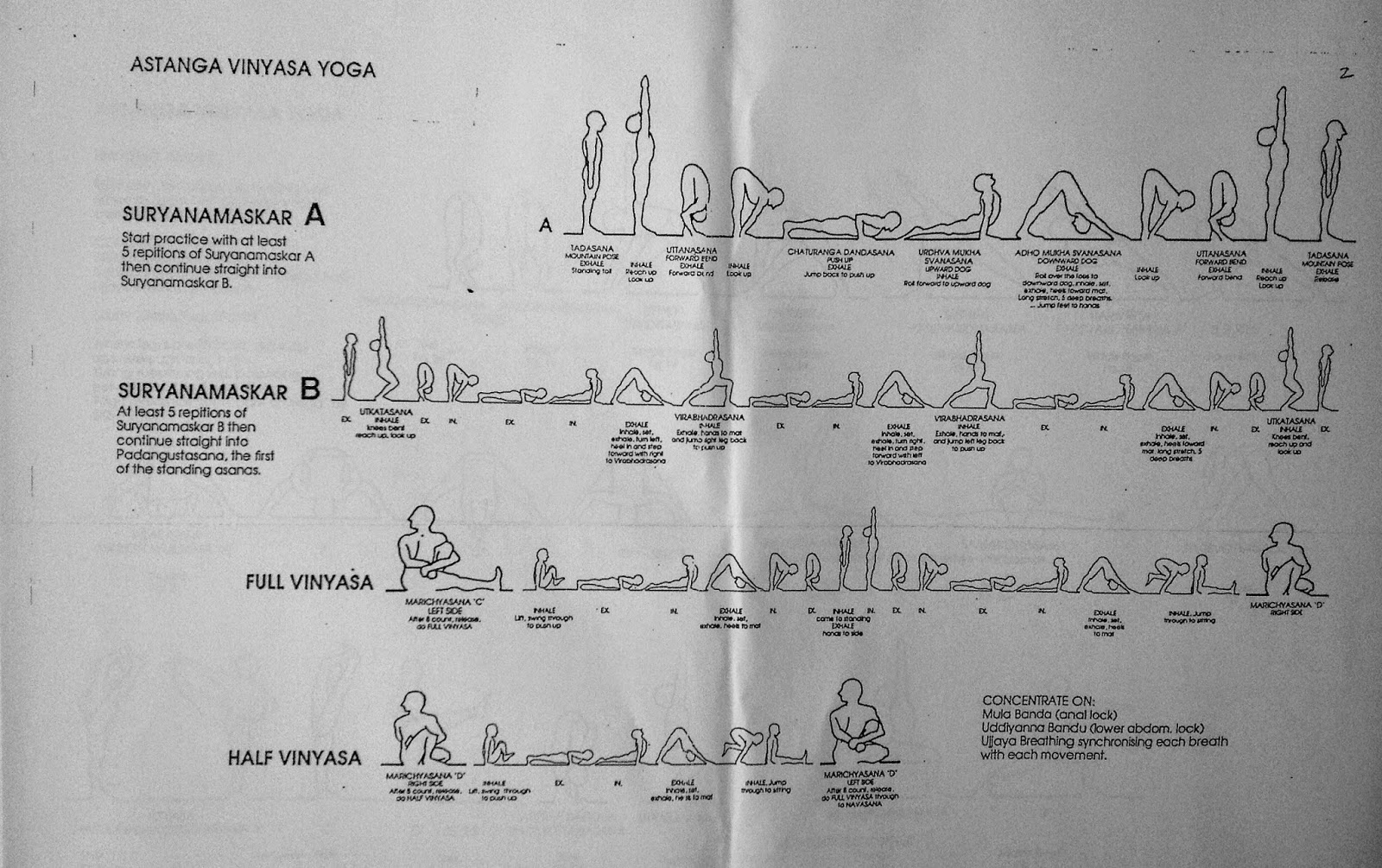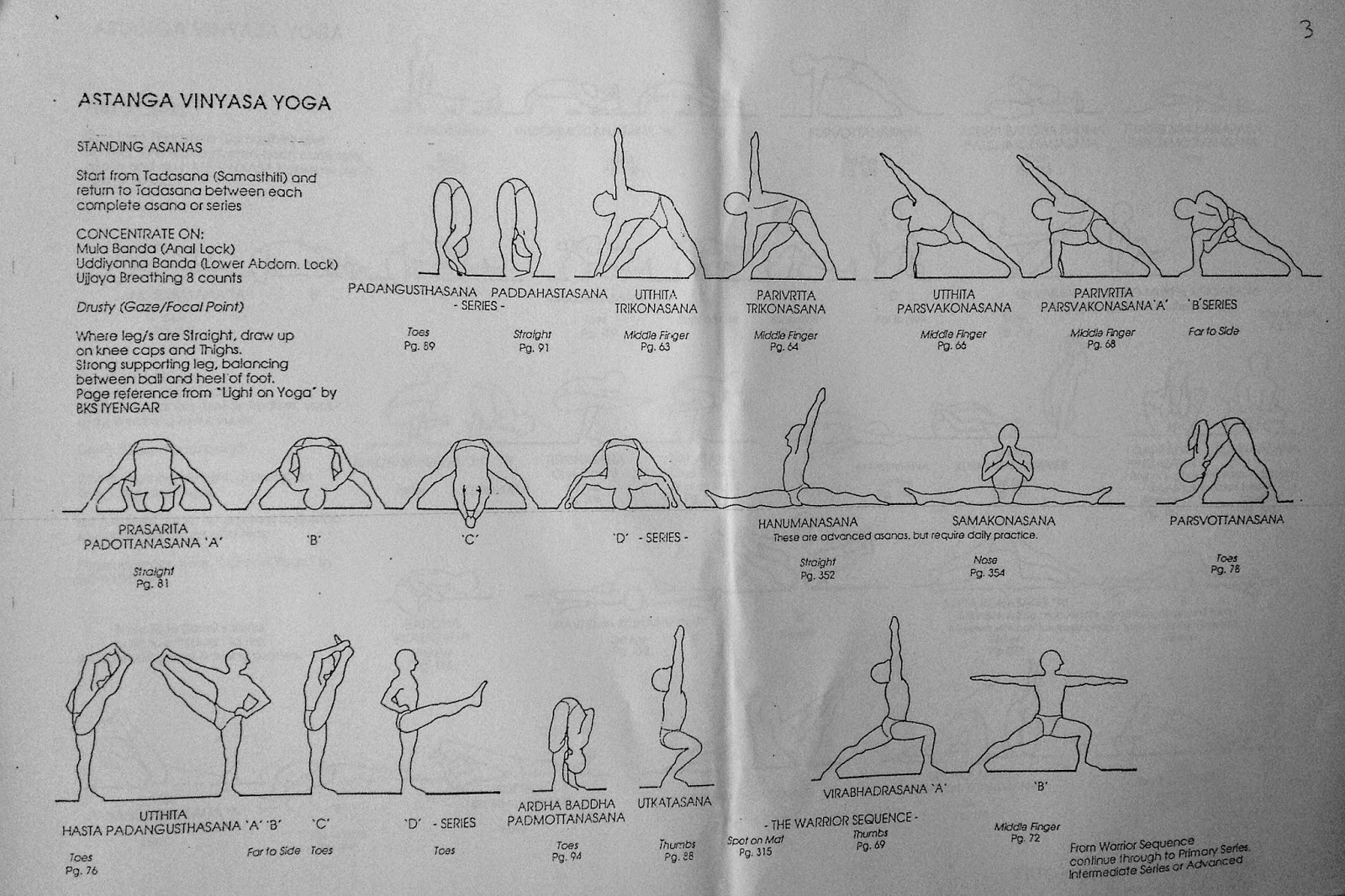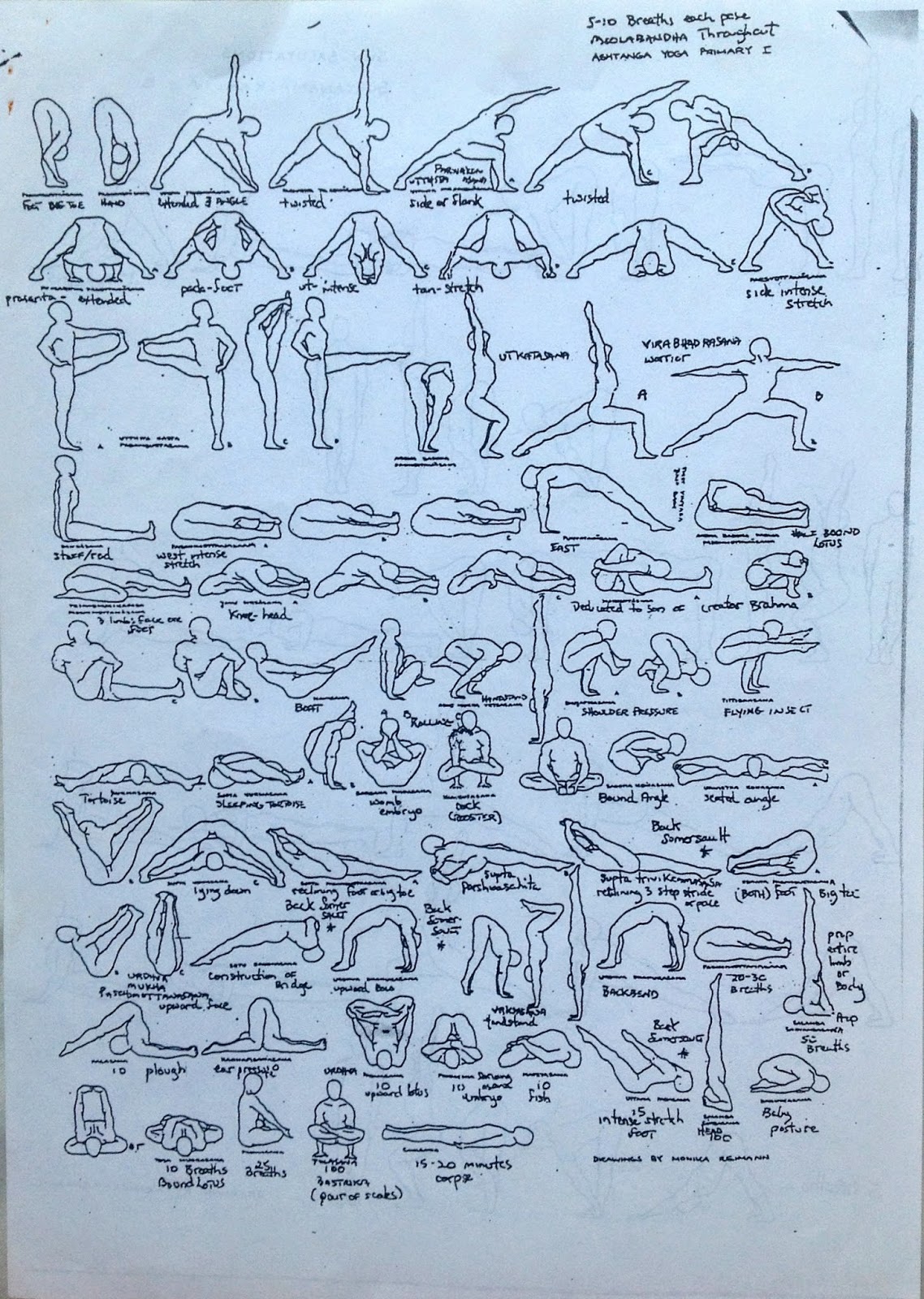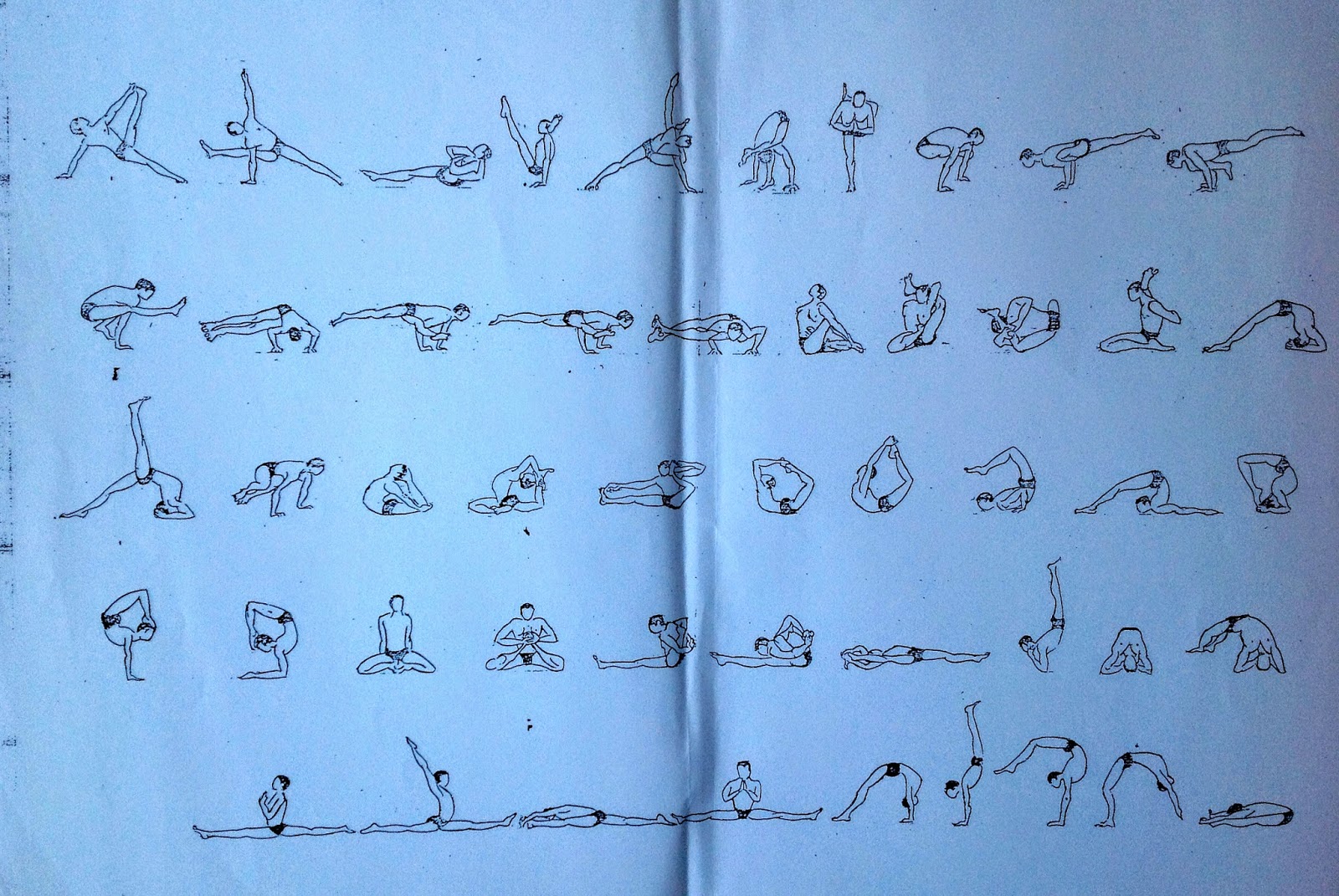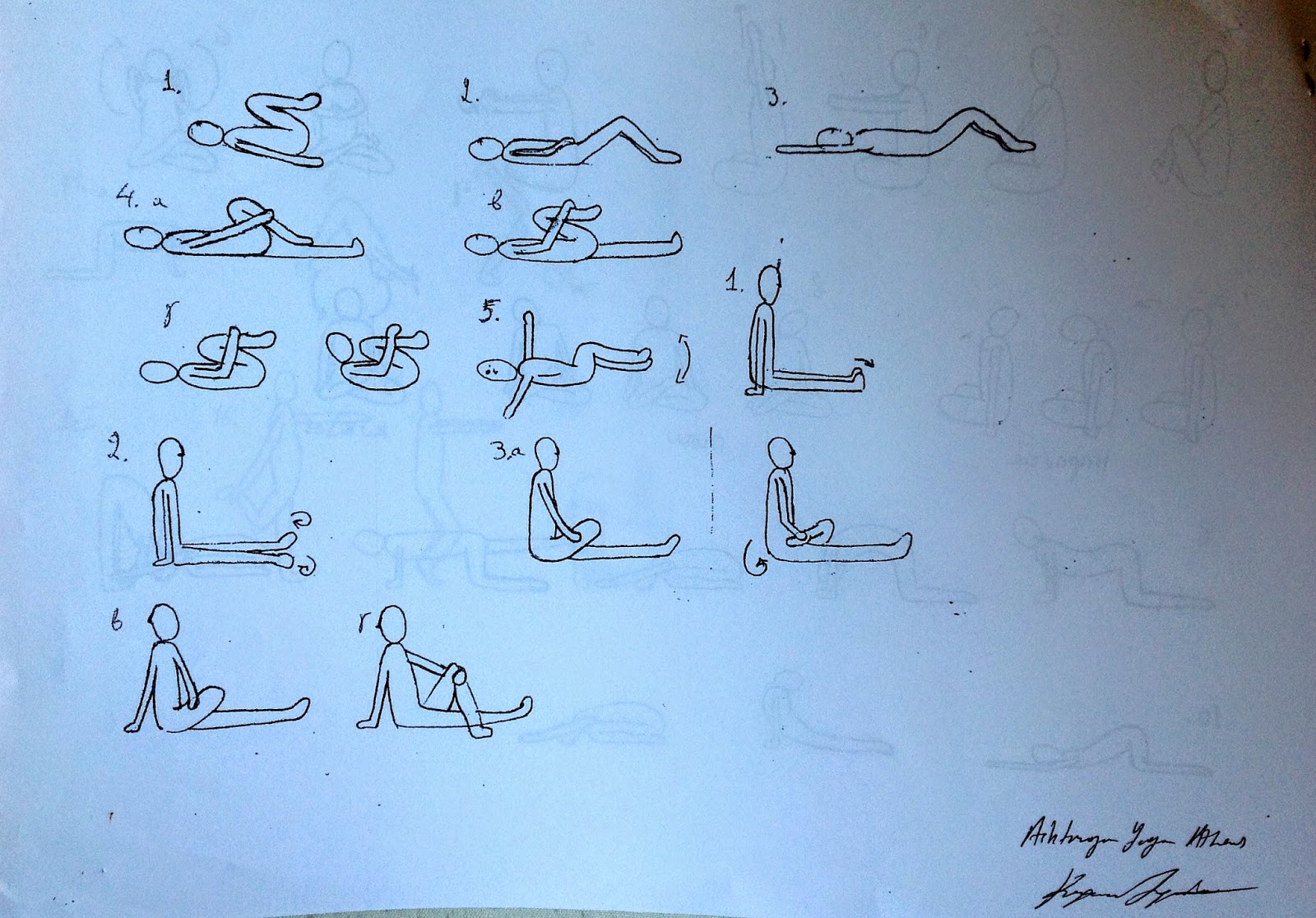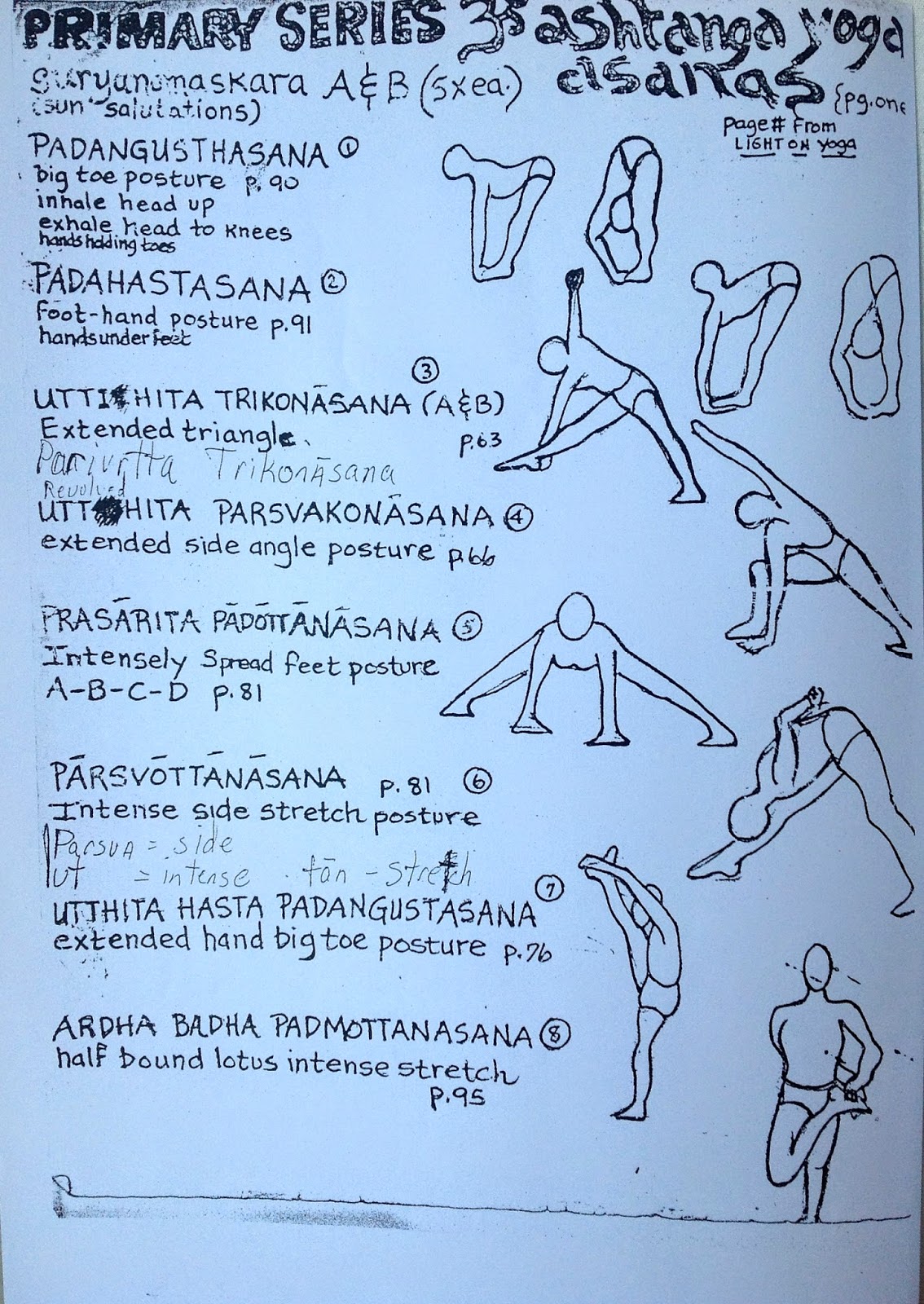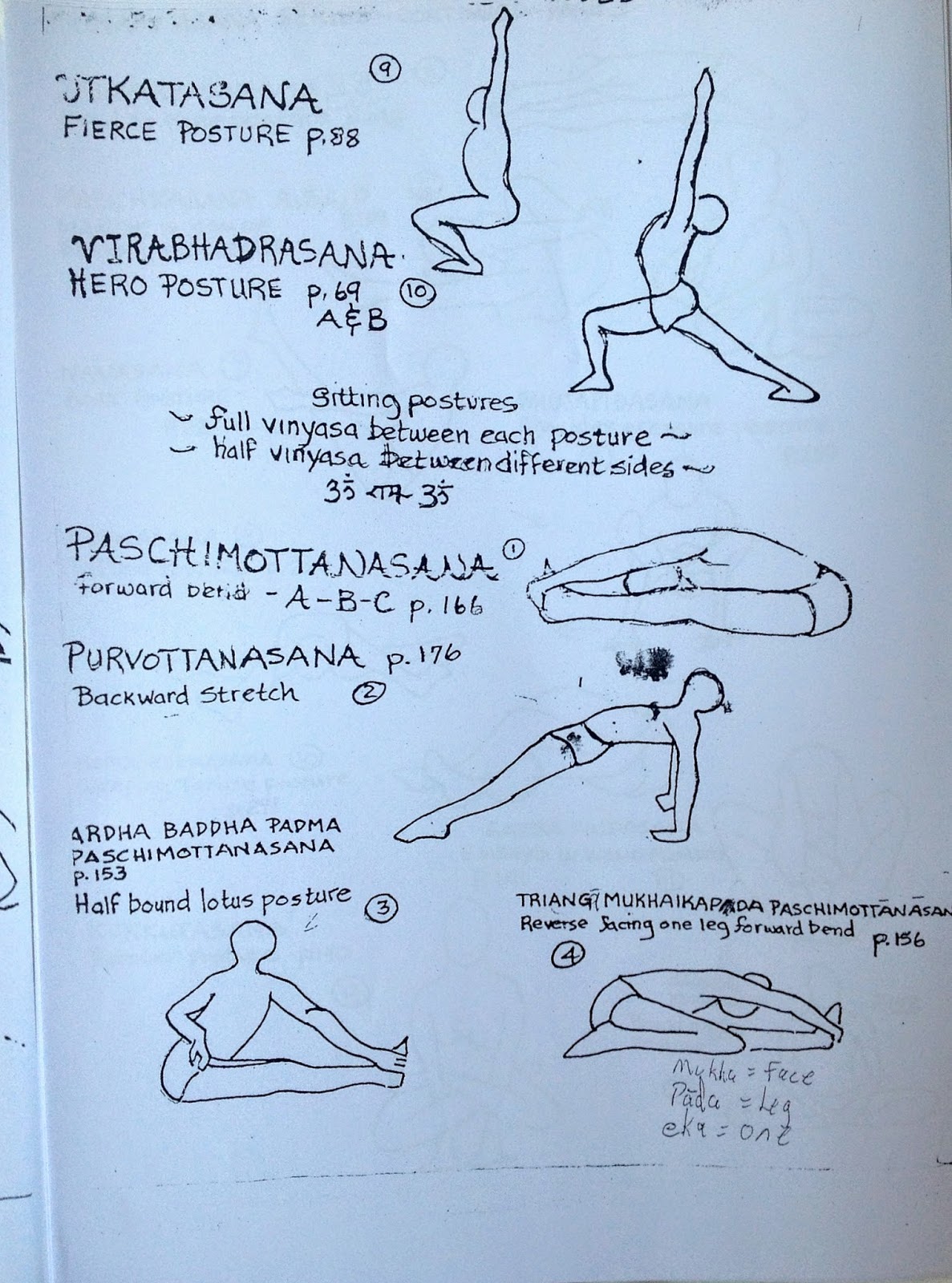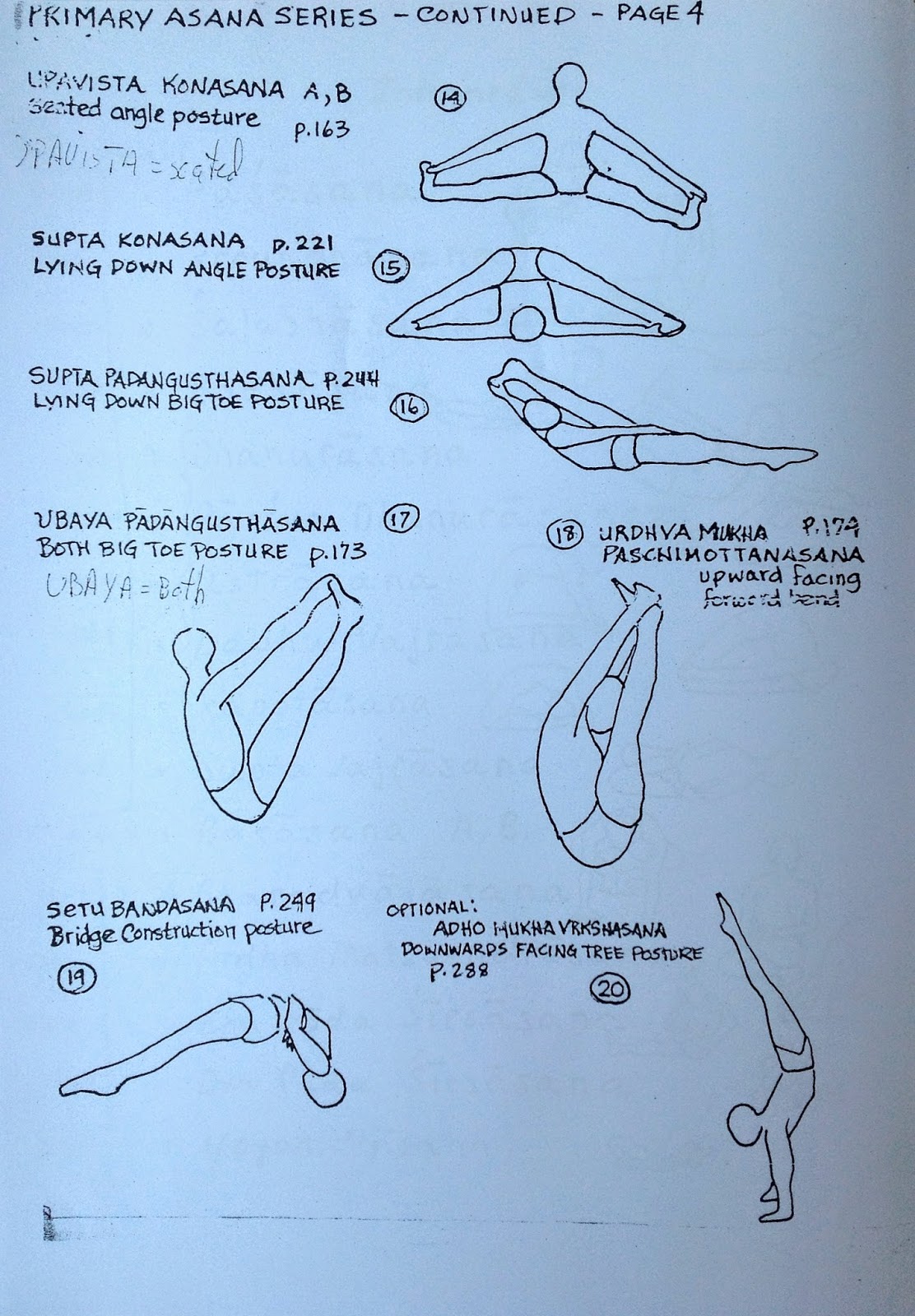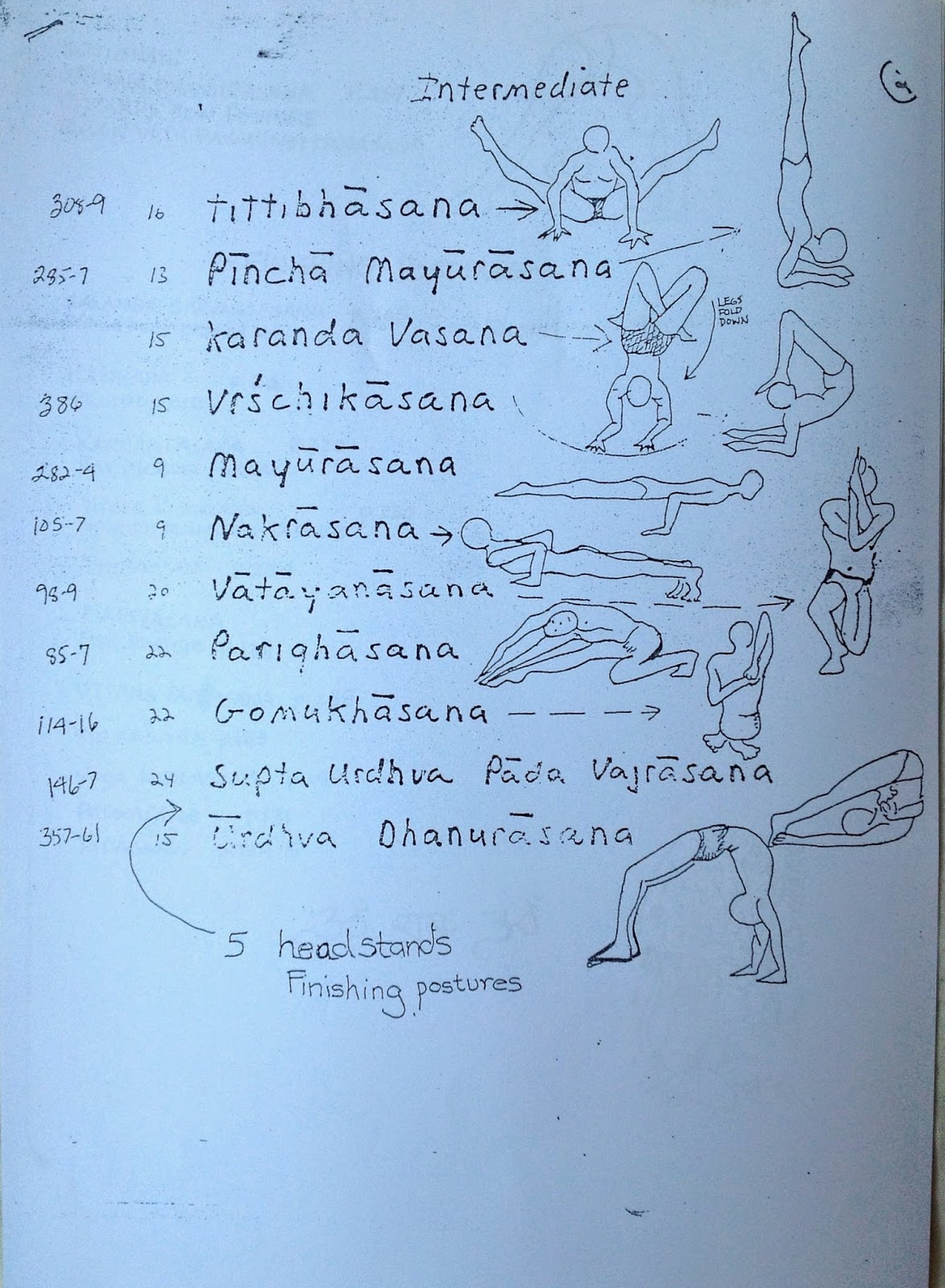Sometimes it seems to take a blog post forever to say what you really want to say and unfortunately ipad doesn't really allow you to edit longer posts
Old Selfie
The call to Mysore
I shared it on fb this week here's what I had to say about it.
The call to Mysore, to Sharath, Saraswati, BNS perhaps, Vijay/Vinay, others....or the call to Crete, to Kristina, Manju, a sangha, a space, perhaps it's all a question of love.... Love for teachers, for our practice for that which it occasionally, on a good day, gives us a glimpse of......possibilities. Really nice post from Aliya Weise.
A good blog post has legs, it floats around your head, goes away comes back, merges with other ideas or brings them into clearing.
***
This coming Sunday I'm teaching a workshop on Krishnamacharya 's early, original, Ashtanga and Vinyasa Krama up at Stonemonkey in Leamington Spa. I have to say I feel a bit of a fraud. I'm aware some are coming to the workshop because they know my blog and I know from comments that there is some respect for my practice, that I have maintained a home practice twice a day for the last seven years. And yet that practice has suffered somewhat over the last few months, come under threat.
Those of us who have begun to notice our practice slipping away from us no doubt try to work out when it started to happen. For me I can trace it back to my last experience of Kidney stones a year or so ago. That's convenient, I can blame it on a medical condition. I had to modify my practice for some time and then when it passed I was paranoid about too sweaty a practice ( Kidney stone sufferers need the water they take on to pass through the whole system, sweating doesn't count) It was a good opportunity to explore Krishnamacharya's original Ashtanga, with it's long slow breathing, it's use of kumbhaka and longer stays, you can sweat a lot less.
And then the workshops began to come in , first Leon and then Valencia, Ulm, Valencia again for a week long retreat and then the Yoga Rainbow festival in Turkey..... I don't know how Kino does it, how she maintains her schedule of workshops and yet not only maintains her practice but extends it. For me each workshop is a disruption to my practice. Leading up to the workshop I can't practice without wondering at some point how I would communicate some aspect of practice and then there's the the travel there and back , the socializing with whoever is organizing the workshop, the travel back and exhaustion.... There's running joke from my colleague Abi at work that every time a workshop is coming up I'm asking why ever did I agree to do it and yet when I come back I'm on such a high, saying how wonderful the experience was, how great it was to work with those who attended and discuss yoga with those who set it up. I love doing these workshops but I do find them disruptive.
Another good excuse is that M. and I are moving back to Japan, she's gone on ahead and has been away for over three months now, my routine is all messed up. I thought I would have all this time for practice and yet I seem to practice less, I'm uneasy, restless, I practice less, eat more.
Finally I'm heading off myself and there's the closing down of the house, the shipping to Japan, throwing things out, giving stuff away, selling this, selling that, packing, more and more disruption .
Finally I'm heading off myself and there's the closing down of the house, the shipping to Japan, throwing things out, giving stuff away, selling this, selling that, packing, more and more disruption .
No wonder my practice has suffered, slipped.
It's not my fault, it was my health, others, circumstance, it's just slipped through my fingers.
When did practice begin to slip away from me?
It's the wrong question of course, better would be....
Why didn't I stop it?
How do you stop it happening?
The call of Mysore.
I remember reading a conference report where Sharath was seeming to criticize 10 day meditation retreats and yet isn't Mysore a retreat of sorts, it's longer, a month perhaps three but a retreat all the same. It's an opportunity to reground our practice , to step away from our daily lives and focus on practice, not just the asana, Ashtanga has never been about the asana but rather the attitude we bring to our practice of asana, the asana , the vinyasa, is the vehicle, we call it practice.
Visiting Mysore is a call to practice.
But we don't have to go to India, for those of us who practice at home visiting a Mysore room on a Sunday or perhaps a workshop with a strong Mysore element to it or Sharath's world tours, these too are retreats of sorts, even if it's just one morning a week, a month, every few months.
Visiting a Mysore room is a call to practice
And isn't our regular morning Mysore practice at home or in our home shala a retreat, that precious part of the day, that seems to exist in a world of it's own. I've been blessed with a practice partner these last few weeks and I wonder sometimes if I could have maintained my own practice at all without the comfort and support of their breath on the mat beside me.
In two weeks I fly to Crete and to Kristina Ireland's shala in Rethymno. I visited there last year for Manju's teacher training. I've considered it my 'home shala' ever since even though I was only there a week and it's pretty much the only shala I've visited ( there was AYL for a couple of sunday's five years ago). Two months, a retreat of sorts, an opportunity to refocus my practice, to rebuild my second series such that I can explore Krishnamacharya's use of kumbhaka in intermediate asana.
A friend mentioned that for what two months in Crete will cost me I could visit Mysore itself, practice in 'The room' . Once a year I tend to consider it, one feels one should but honestly it's only really the feeling that it would be nice to visit the place where Krishnamachayra lived and taught that tempts me. Of course if I'm turned off by the size of 'The room', the numbers practicing, then there are several excellent Ashtanga teachers in Mysore, Vinay and Vijay Kumar to name but two that have come highly recommended to me.
No, Crete will suit me fine, it's a shala I love, in Kristina a teacher I love and respect and then there's Manju, how wonderful to spend another week with him. So many on his TT last year seem to come back again and again, I feel the same draw. Is it partly a connection to lineage a going back to basics, to fundamentals, a stripping away,.... good common sense ashtanga.
Manju stresses pranayama, chanting , practicing with him along with my studies of Krishnamacharya's original Ashtanga as found in his early books Yoga Makaranda and Yogasanagalu allowed me to see the vinyasa krama in Ashtanga, the Ashtanga in Vinyasa Krama, I no longer see any conflict between them they compliment each other. In Crete I'll explore meditation before practicing Ashtanga ( Kristina puts it, " moving from inside out') continue with pranayama and quietly chant under my breath. In the afternoon I'll study at the beach and then do my integrated Vinyasa Krama practice, it's exciting.
But of course we have to come back from retreats, whether it's Mysore, a workshop, A sunday Mysore class, our morning practice. How do we maintain our practice when the retreats begin to wear off, when the morning's practice begins to wear off.
There is the idea in Ashtanga circles that the Yamas and Niyamas will follow practice, first we do our asana and then eventually we will turn to the Yamas and Niyamas, Sharath has said as much in conference, Pattabhi Jois too in an interview I seem to remember. I think I suggested as much in an early blog post that as we find such joy in our practice in something that requires only a rubber mat, if that, we start to simplify our lives, we begin to focus on what is really important. Another idea I find a little frustrating is that we might one day discover the yama niyamas, the moral code as if we don't all have pretty much the same moral code, whatever culture we're from with a few additions or substitutions. It's just a question of how much we focus on them, reflect on them.
Krishnamacharya argued that we begin with the yamas and niyamas and I want to argue that there is a sense where the Yamas and Niyamas are a retreat, wherever we are we have them to fall back on, I would argue that they are the practice, they are the attitude we bring to our asana, that we explore and develop and it's that aspect that we take forward through the rest of our day, that we seek, however unconsciously, to take from the mat. essentially they are perhaps the only aspect of practice that really matters,
All those who comment on Ashtanga disparagingly , all they see are the asana, they don't seem to notice what we're really working on, working towards even if we haven't perhaps realized it ourselves. I suspect we get a little closer with each SELFie we take rather than move further away.
The Yamas and Niyamas are a retreat and a refuge, if your life seems chaotic, disrupted then take refuge in the yamas and niyamas, find some peace there. Like asana practice we begin again each morning without judgement aiming to do a little better each time., understand how to approach them more sincerely. Ramaswami recommends that each night before going to sleep we take a few minutes to reflect on our day in relation to them.
That too is a call to practice..
If my Ashtanga practice has slipped somewhat then it's no doubt because I've allowed it to slip, made excuses, looked the other way, allowed myself to slide somewhat, my discipline, my focus, my attention
Krishnamacharya lists 10, we need to read them several times, reflect on them, play with them, turn them around and around find ways to connect with them and how to find them relevant to us and to our own moral and ethical understanding. We can reflect too on how we relate to them, is it on the emotional level, the intellectual, spiritual (whatever that means to us), aesthetic perhaps in the sense of truth.
See this Post for a list of Krishnamacharya's presentation of the Yamas and NIyamas, including some handy pdfs
The Yamans and Niyamas thought of as pratyahara lead us perhaps to the internal limbs












































































